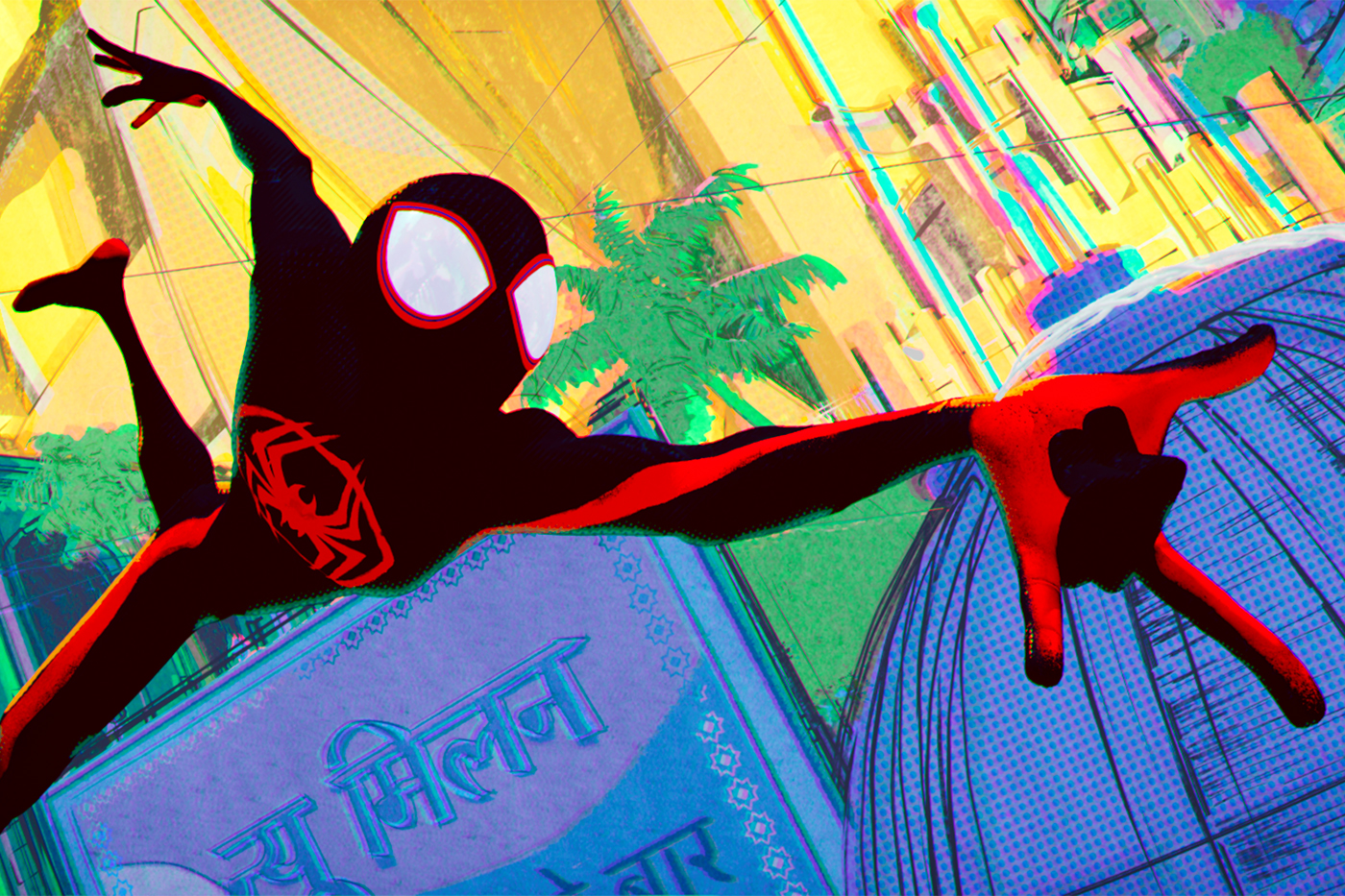What is the psychology behind Spider-Man? A professional therapist breaks down the Spider Verse and what makes Marvel’s webslinger tick

One of the best running jokes in “Spider-Man: Into the Spider-Verse,” the 2018 Oscar-winning animated film, is the introduction of each new version of Marvel’s webslinger.
Led by Miles Morales, the film’s Afro-Latino protagonist, there is a multiverse worth of Spider-Men, Spider-Women and Spider-Beings that might look different but all have a similar story. Tragic loss, amazing powers and a step into the limelight as a version of Spider-Man.
The highly-anticipated sequel to “Into the Spiderverse,” “Spider-Man: Across the Spider-Verse,” is now in theaters and introduces even more multiversal versions of the character. But look under the mask and you’ll find they all have more in common than just a tragic backstory.
To figure out what makes the webslinger tick—and what’s made Spider-Man one of the most indelible characters in modern pop culture—William Sharp, a therapist and associate teaching professor of psychology at Northeastern University, put the character on his hypothetical therapist’s couch. What he found is a set of core traits that is central to the character, whether it’s Peter Parker, Miles Morales or Peter Porker (aka Spider-Ham) under the mask.

Sharp, who contributed to the new book “Spider-Man Psychology: Untangling Webs,” says Spider-Man has a level of vulnerability and an everyman quality that have made him one of the most relatable superheroes for decades. Traditionally, he’s a high schooler by day, trying to get good grades and deal with the awkwardness of adolescence. And when he dons the mask, he’s your friendly neighborhood Spider-Man, helping everyday people.
But push beyond that and Sharp sees someone who has an optimism and “innate resilience.” At the center of that is trauma: losing someone close—Uncle Ben, Aunt May or someone else—is the real catalyst for almost every version of the character. Everyone experiences trauma differently, Sharp says, and it’s not impossible for someone to respond in the way that Spider-Man does.
“A lot of people can experience the same events, and some become really traumatized by it and some don’t,” he says. “A lot of it is based on history, but it’s also how people are supported and brought through it in a constructive way.”
But no matter who is under the mask, Spider-Man is “somebody who takes what the world is giving and just keeps getting up,” he adds.
One of the most widely used systems of personality traits is the Five-Factor Model, also known as OCEAN, which measures openness, conscientiousness, extraversion, agreeableness and neuroticism. Sharp says it can be a helpful way to capture the broad strokes of a person’s character.
Looking at the most popular versions of Spider-Man, Sharp identifies a level of openness that “a lot of other people generally don’t have.”
“All the Spider-Mans can be swayed,” Sharp says. “They stay open to new data that’s coming in and are willing to say, ‘Alright, maybe I need to reconsider this.’ … He’s open to that in a way that I wish more people were.”
Sharp says Spider-Man also has high levels of conscientiousness, that “he’s somebody who isn’t going to just abandon his friends.” It’s often to a fault: He’s willing to sacrifice a lot, sometimes too much, to help his community, his friends and the greater good.
Agreeableness and neuroticism are not “cardinal traits” for the character, Sharp says, but Spider-Man does sit at an interesting intersection between extroversion and introversion.
“As we’ve seen with some superheroes, he can put some of the extroversion into the Spider-Man character and leave their everyday character the introvert,” Sharp says.
It’s here that the idea of a masked alter-ego becomes a helpful way of thinking about our own identities, he says. According to Sharp, Spider-Man represents a version of Carl Jung’s idea of the persona and shadow. In Jungian psychology, the persona is the version of ourselves that we show to the world, while the shadow embodies the qualities we keep hidden.
Miles Morales and Spider-Man are two different personas with two different shadows, Sharp says. But the only way for the character—and us—to fully develop and grow is to embrace both.
“Jung felt the developmental process is not to be the persona and not to be the shadow but bring them together in a way, balance yourself out,” Sharp says.
In that way, Spider-Man is a pop culture role model who is still a “work in progress,” Sharp writes. The character is a useful way of looking at what it means to develop, learn and grow as people––that also just happens to be really entertaining. In a world where a “cure” for his trauma and the villainy he faces isn’t something that can necessarily be fixed with a punch or web blast, he tries again and again to help the world and people around him.
In his contribution to “Spider-Man Psychology,” Sharp calls the webslinger a “wounded helper.” Maybe he’s more like a therapist.
Cody Mello-Klein is a Northeastern Global News reporter. Email him at c.mello-klein@northeastern.edu. Follow him on Twitter @Proelectioneer.






